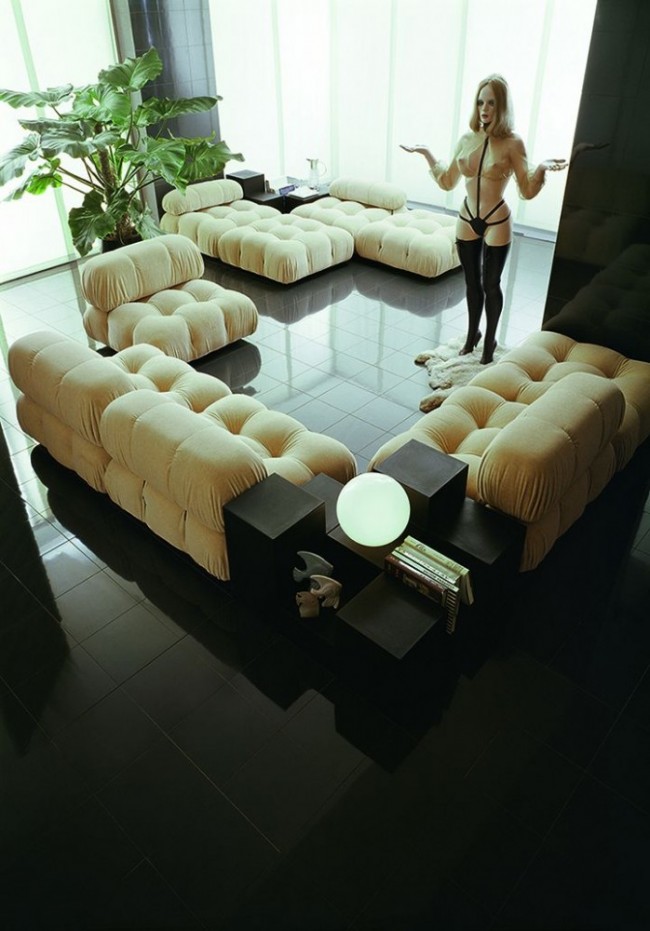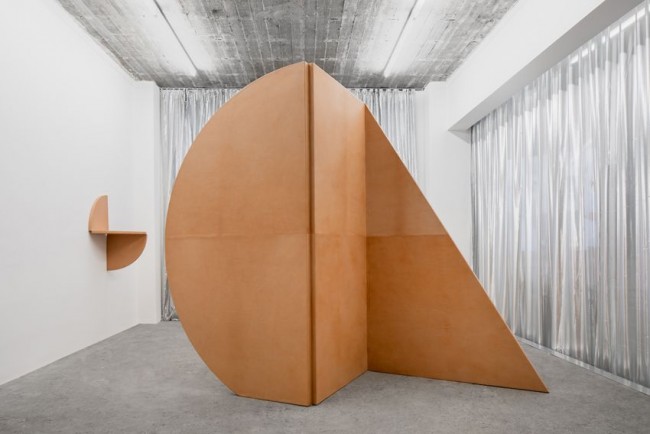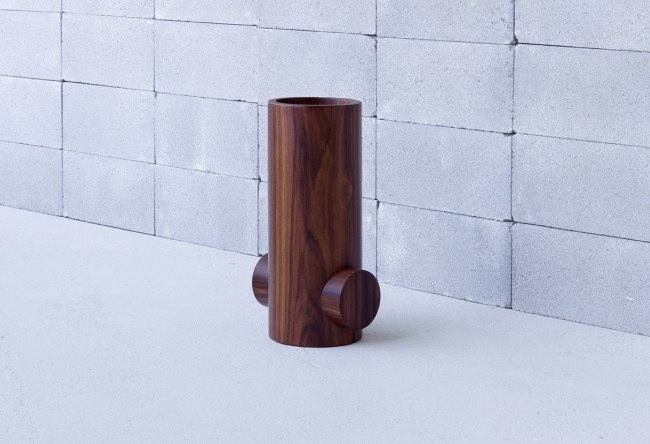INTERVIEW: BERNARD DUBOIS ON HIS MODULAR FURNITURE SYSTEM Ligne 102
-
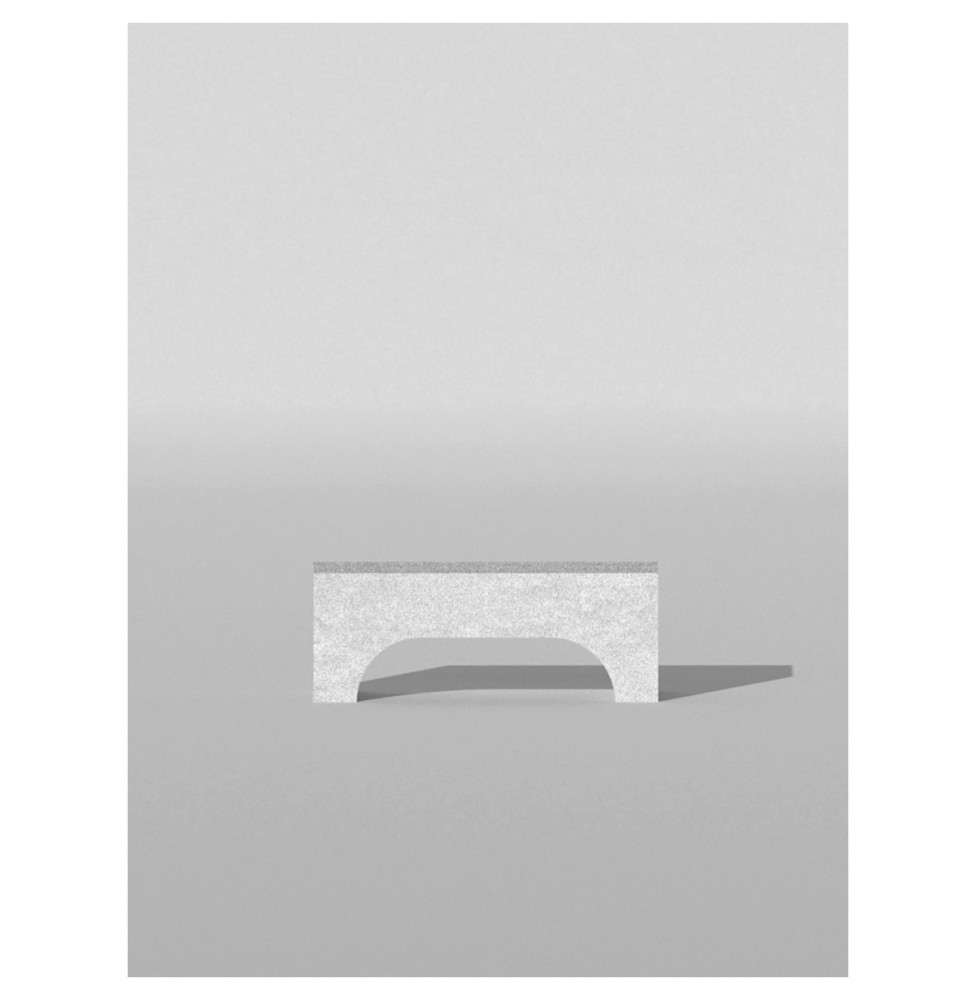
Element from Ligne 102 designed by Bernard Dubois in collaboration with PIN–UP and Ligne Roset. Produced by Amorim.
-
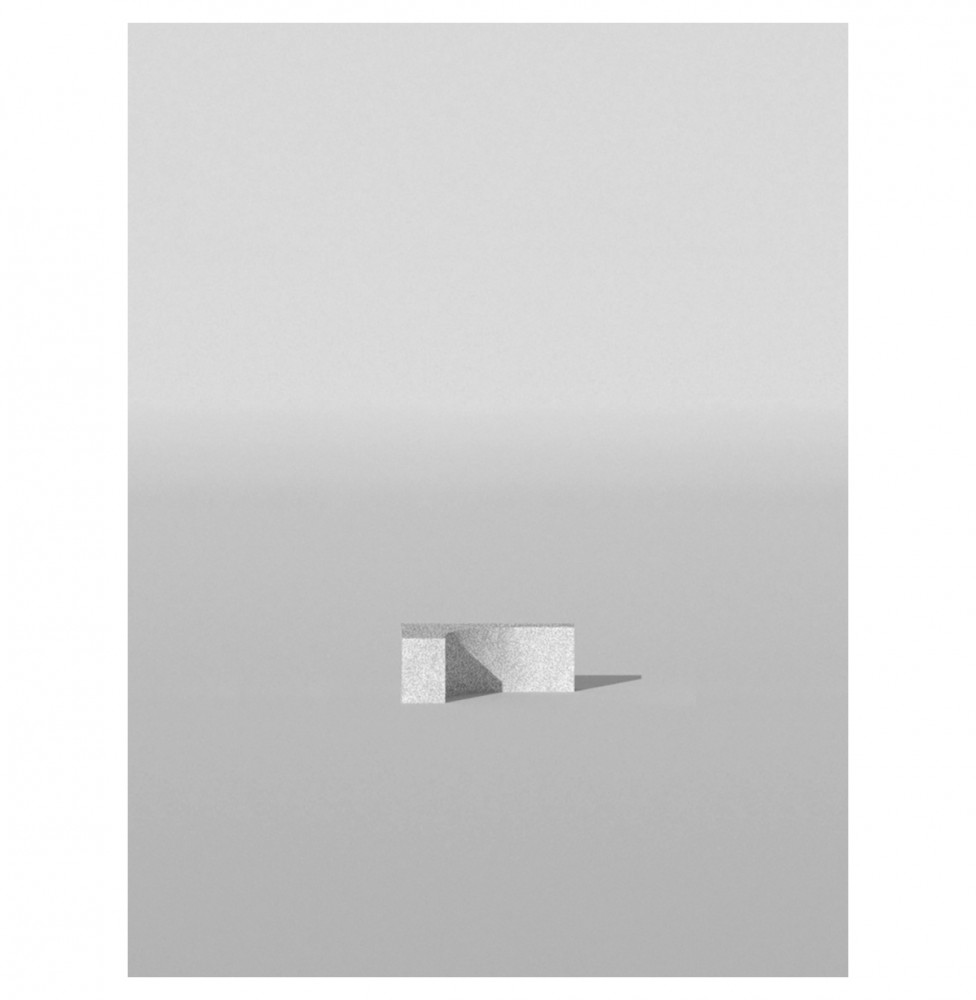
Element from Ligne 102 designed by Bernard Dubois in collaboration with PIN–UP and Ligne Roset. Produced by Amorim.
-
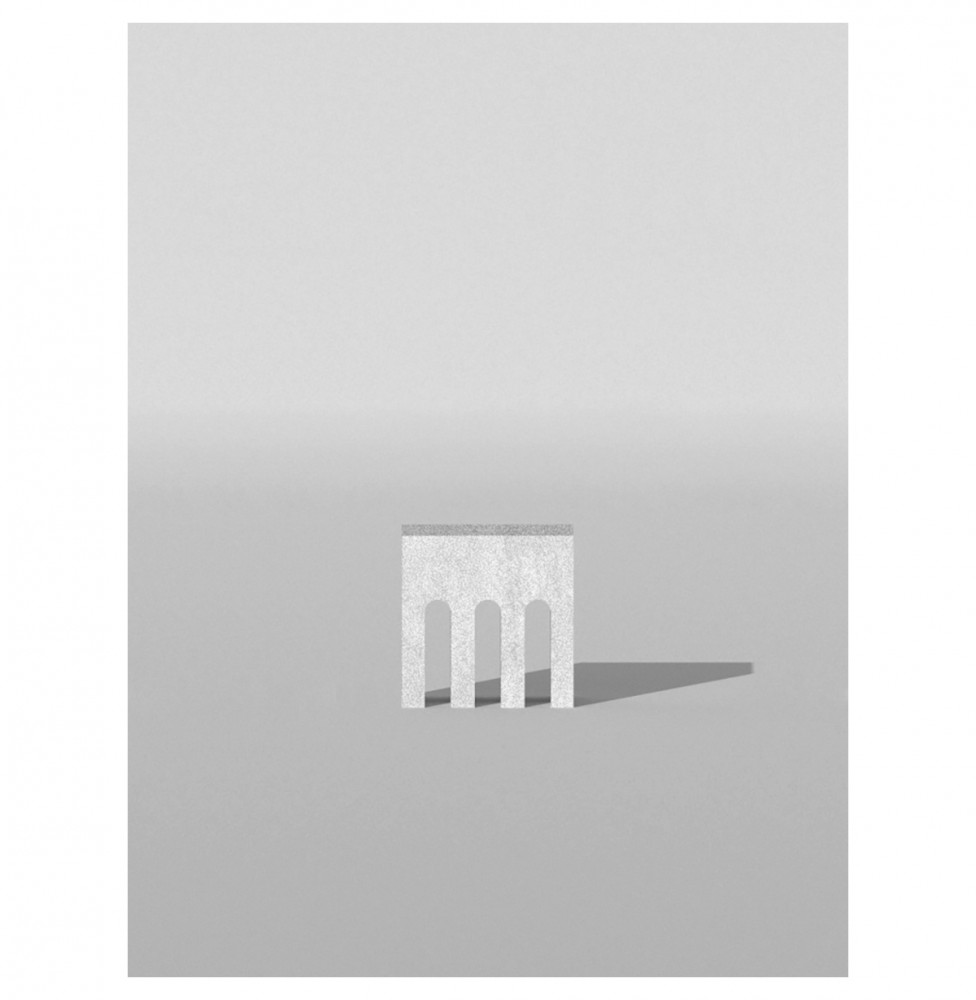
Element from Ligne 102 designed by Bernard Dubois in collaboration with PIN–UP and Ligne Roset. Produced by Amorim.
-
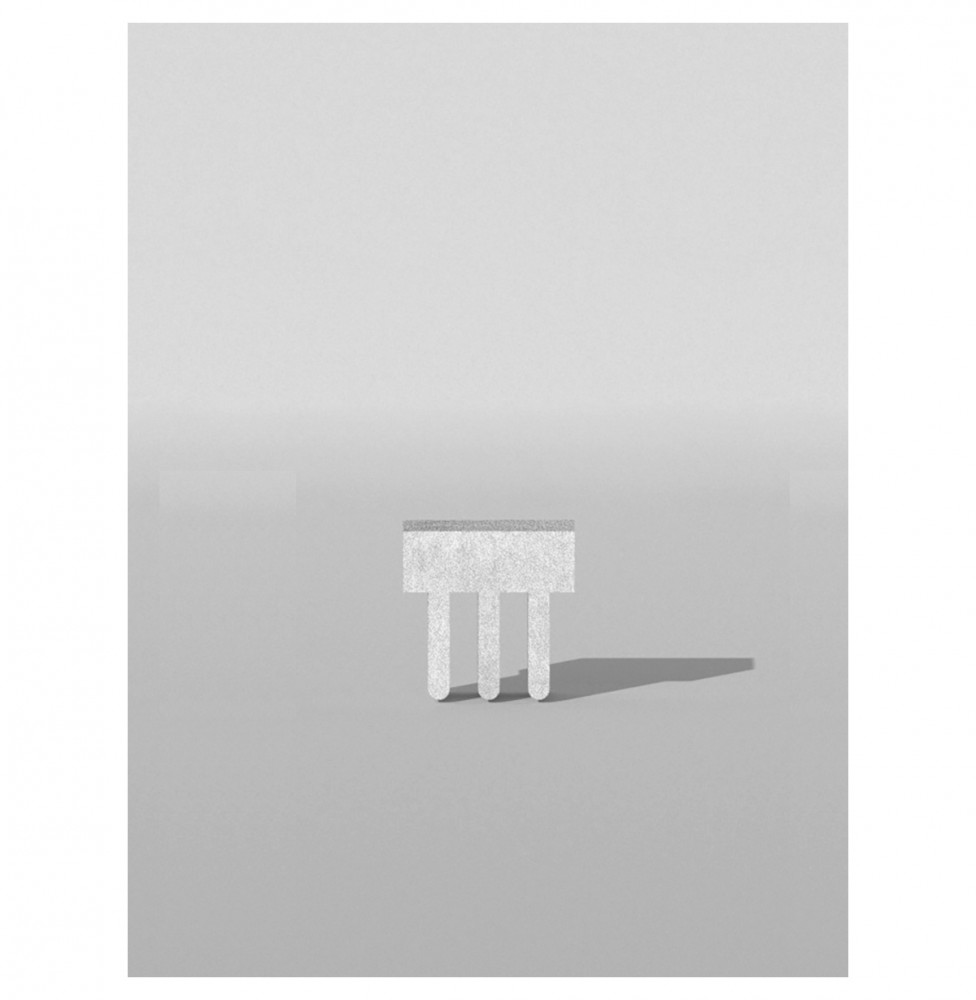
Element from Ligne 102 designed by Bernard Dubois in collaboration with PIN–UP and Ligne Roset. Produced by Amorim.
Brussels-based architect Bernard Dubois has made a name for himself designing retail experiences for clients that run the gamut from A, like Aesop, to Z, like Zadig & Voltaire. There is always a careful rigor to Dubois’s designs, but one that he usually softens through the formal elegance of his compositions, as if to simultaneously adopt and undermine normative architectural conventions. Nowhere is this more obvious than in his more personal projects, such as the series of geometric vases he created for PIN–UP a few years ago (abstractions of the kind of water reservoirs found in the Belgian countryside), or the anthropological research he did for the Belgian pavilion at the 2014 architecture biennale in Venice. For his latest project, Ligne 102, another collaboration with PIN–UP together with the French design company Ligne Roset (and Amorim), Dubois takes on the fraught architectural fantasy of modular systems. Inspired by the rhythm of archetypal architectural forms, Ligne 102 consists of five different modules made from one of the world's oldest sustainable materials: cork. The modules can be reconfigured in infinite formations, creating anything from individual pieces of furniture to entire architecture landscapes. PIN–UP caught up with Dubois a few days before he presented Ligne 102 during NYCXDESIGN in May 2019, at the Ligne Roset showroom on New York’s Park Avenue.
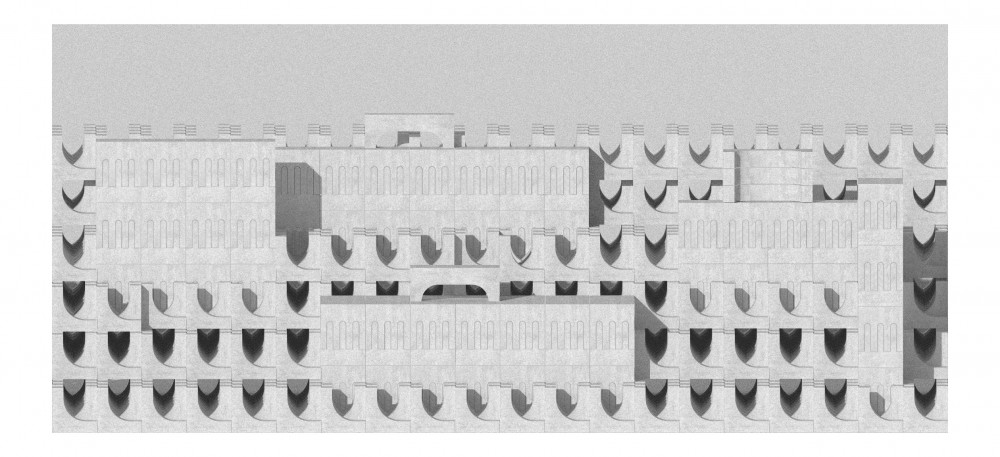
Ligne 102 designed by Bernard Dubois in collaboration with PIN–UP and Ligne Roset. Produced by Amorim.
What got you first start thinking about the idea for the project?
I was always interested in modular systems. I think it best expresses a fantasy of what architecture can be. A coherent system like this is an all-encompassing solution that subverts all constraints and solves all issues at once, without having to make any compromises.
What is the ideal set up? Do you always need a full set of 60 pieces? Or can you make something with less?
A few pieces can be enough to assemble something! A chair or a bench, for example, can be made out of two or four pieces of the same shape. But if you want to combine many more pieces, you can make something like a claustra wall.

Bernard Dubois photographed by Gianni Serretti.
For a modular system, the shapes are very unusual. Where do these geometries come from?
Each shape reminds me of an archetypal architectural shape. Some are inspired by recognizable shapes. Even the ones that are less recognizable still evoke a familiarity because of their rhythm, their symmetry, the column-like repetitions. Often architecture is made of assembled modular geometries if we think of stones, bricks, metal beam construction, or concrete structures.
Why did you choose cork as a material for Ligne 102?
Cork is a very light material that enables the pieces to be assembled and reassembled easily. It’s also reminiscent of the warmth of wood. And I really liked the reference to Proust, who famously wrote all of this novels in a cork-lined bedroom in his apartment at 102, boulevard Haussmann in Paris.
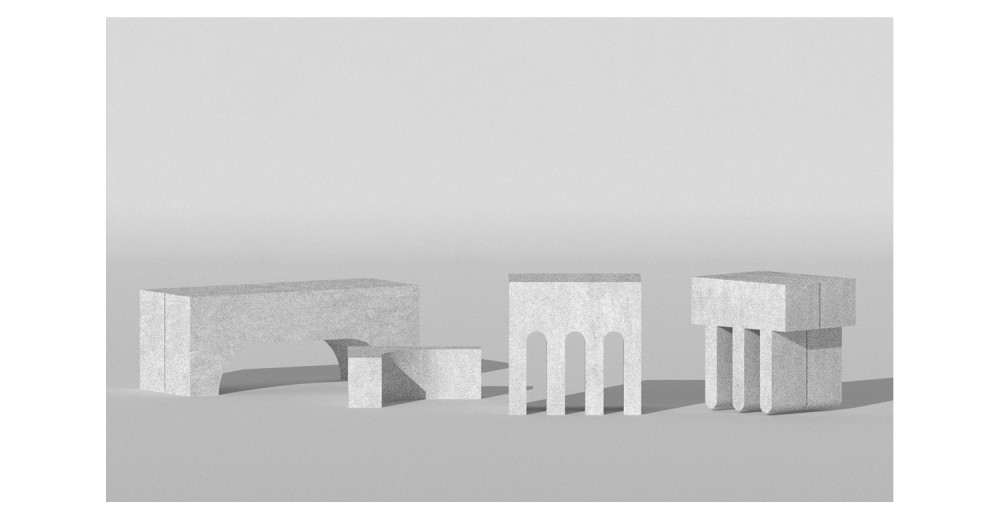
Elements from Ligne 102 designed by Bernard Dubois in collaboration with PIN–UP and Ligne Roset. Produced by Amorim.
How does Ligne 102 fit into your larger body of work? And how do you imagine it in a home?
I always try to create a coherent total solution for each project. Ligne 102 fits into my interests in systems and games. There’s so many different ways the project could be used in a home. You can use a few pieces as benches, stools, a coffee table. You can use more pieces as a room divider. You could even make a very long bench with seating of varying heights.
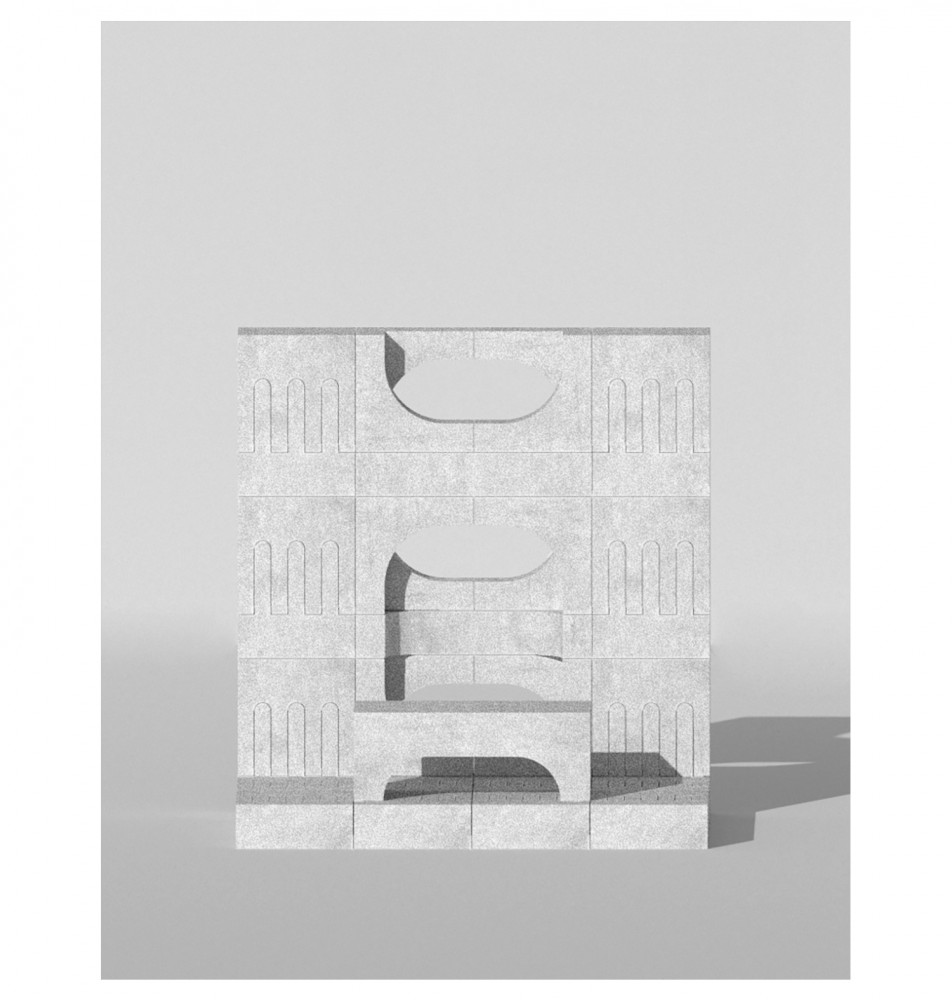
Ligne 102 designed by Bernard Dubois in collaboration with PIN–UP and Ligne Roset. Produced by Amorim.
Looking toward the future, could the project be produced at an industrial scale?
For the moment it's a limited edition, but there’s no reason why it couldn’t be industrially produced as well.
Text by Felix Burrichter.
Images courtesy Bernard Dubois.

